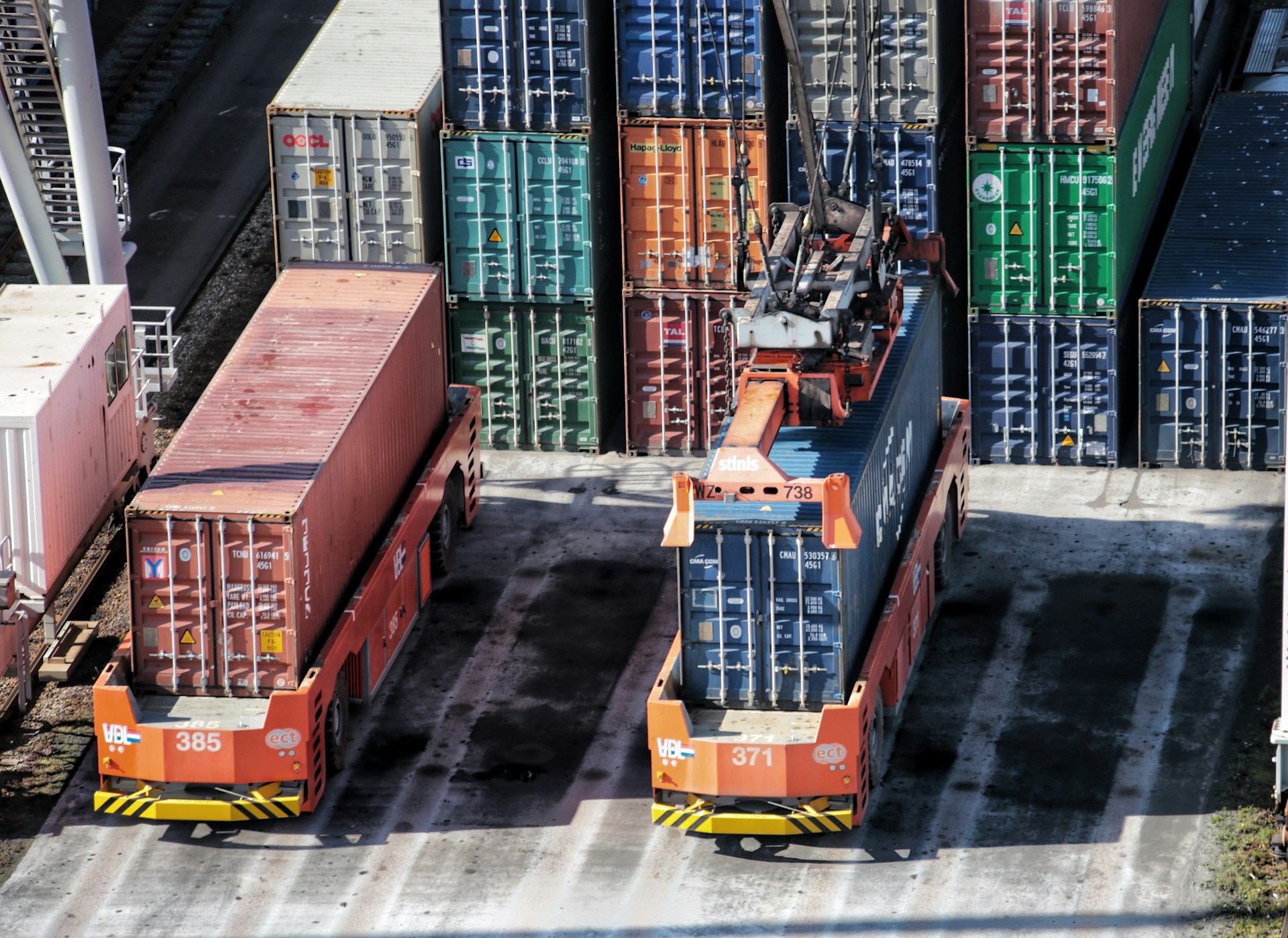A critical measure lies at the heart of the international shipping industry, improving safety and increasing efficiency. Yet most people have never heard of Verified Gross Mass (VGM) or are aware of the requirements to report it.
In this article, we’ll explore what VGM means, how it works and what you need to do as an importer.
What is the meaning of VGM in shipping?
Verified Gross Mass (VGM) is the total weight of a packed shipping container, including:
- The cargo inside the container
- All packing materials (dunnage, bracing, pallets, etc.)
- The weight of the empty container itself (tare weight)
The International Maritime Organisation (IMO) mandates VGM reporting under the SOLAS Convention. Without a verified weight, carriers cannot legally load containers onto ships. The regulation applies globally to all 171 IMO member countries and their associated members, creating a unified standard for container weight verification.
Prior to this, the industry relied on shippers estimating weights. Estimates were often wildly inaccurate and led to serious issues such as vessel instability, container stack collapses and even loss of life.
Why do you need to report VGM?
VGM is a straightforward measurement, but it carries significant implications for maritime safety. That’s why the IMO requires all shippers named in the shipment’s Bill of Lading to report VGM to the carrier and port terminals.
It’s not the only reason to calculate and report VGM, though. Other benefits include:
- Increased safety. Incorrect or underestimated container weights can cause vessel instability, leading to accidents.
- Operational efficiency. Accurate weights enable shipping lines and terminal operators to plan stowage correctly, optimise vessel stability and avoid costly delays.
- Avoid delays. Your cargo won’t be loaded onto your vessel without submitting VGM.
- Liability and risk management. Shippers who fail to provide accurate VGM figures risk fines and liability for damages caused by misdeclared weights.
Understanding the critical importance of reporting Verified Gross Mass is the first step. But how exactly do you determine this weight accurately? We cover that next.
How to calculate Verified Gross Mass
The SOLAS amendments provide shippers with two approved methods for determining VGM, each designed to accommodate different operational circumstances and cargo types.
Method 1: Whole container weighing
The first method requires weighing the entire packed and sealed container using weighbridges, scales or lifting equipment fitted with load cells.
This method is simple and incredibly accurate, as it captures the complete weight of the container.
That’s why it’s a favourite of terminal operators. In fact, many facilities have invested in certified weighing infrastructure specifically to support VGM compliance. When containers are weighed whilst still on trucks, the vehicle's weight and fuel must be subtracted from the total to ensure accuracy.
Method 2: Calculated weight verification
The second method involves weighing all cargo, packaging materials and any other contents, and then adding this weight to the container’s tare weight. The tare weight is found on the container's safety approval plate (CSC plate), which is typically on the container door.
This method is particularly useful when shippers have limited access to container weighing facilities or when the nature of the cargo makes whole-container weighing impractical. It’s not ideal, however, as it requires meticulous attention to detail and comprehensive documentation of all component weights.
Whichever method shippers use, the equipment must meet national certification and calibration requirements. Weight estimation is strictly prohibited under SOLAS regulations.
How to report verified gross mass?
Submitting your Verified Gross Mass (VGM) accurately and on time to the carrier and terminal representative is essential to stay compliant, avoid delays and ensure containers are loaded without issues.
When reporting VGM, you need to provide:
- The container number
- The verified gross mass (weight) in kilograms or pounds
- The method used to obtain the weight
- The date of weighing
- An authorised signature or electronic confirmation from the shipper
Most shipping lines and logistics providers have digital portals for VGM submission. These platforms simplify the process, reduce errors and provide instant confirmation. Many will even send you reminders to ensure you meet deadlines.
You must submit the VGM before the vessel’s loading cut-off time, often called the VGM deadline. This deadline varies by shipping line and port but usually falls 24 to 72 hours before the ship’s departure. Missing this deadline means your container won’t be loaded, causing costly delays and additional fees.
Seamless international shipping with Pro Carrier
Verified Gross Mass is a key component of modern shipping that ensures the safety of vessels, crew and cargo. Shippers must understand what it is, how to calculate it correctly and the proper way to report it to maintain compliance and avoid costly delays.
But there’s no need to report VGM yourself. Working with an international freight forwarder like Pro Carrier means we’ll handle all of the paperwork on your behalf. Our proactive team works two weeks in advance of sailing schedules, ensuring that all shipping documentation — from VGMs to customs paperwork — is submitted on time. You can sit back, relax and trust that we’ve got everything covered.
To learn more about how we can make your supply chain smoother, speak to one of our experts today.
